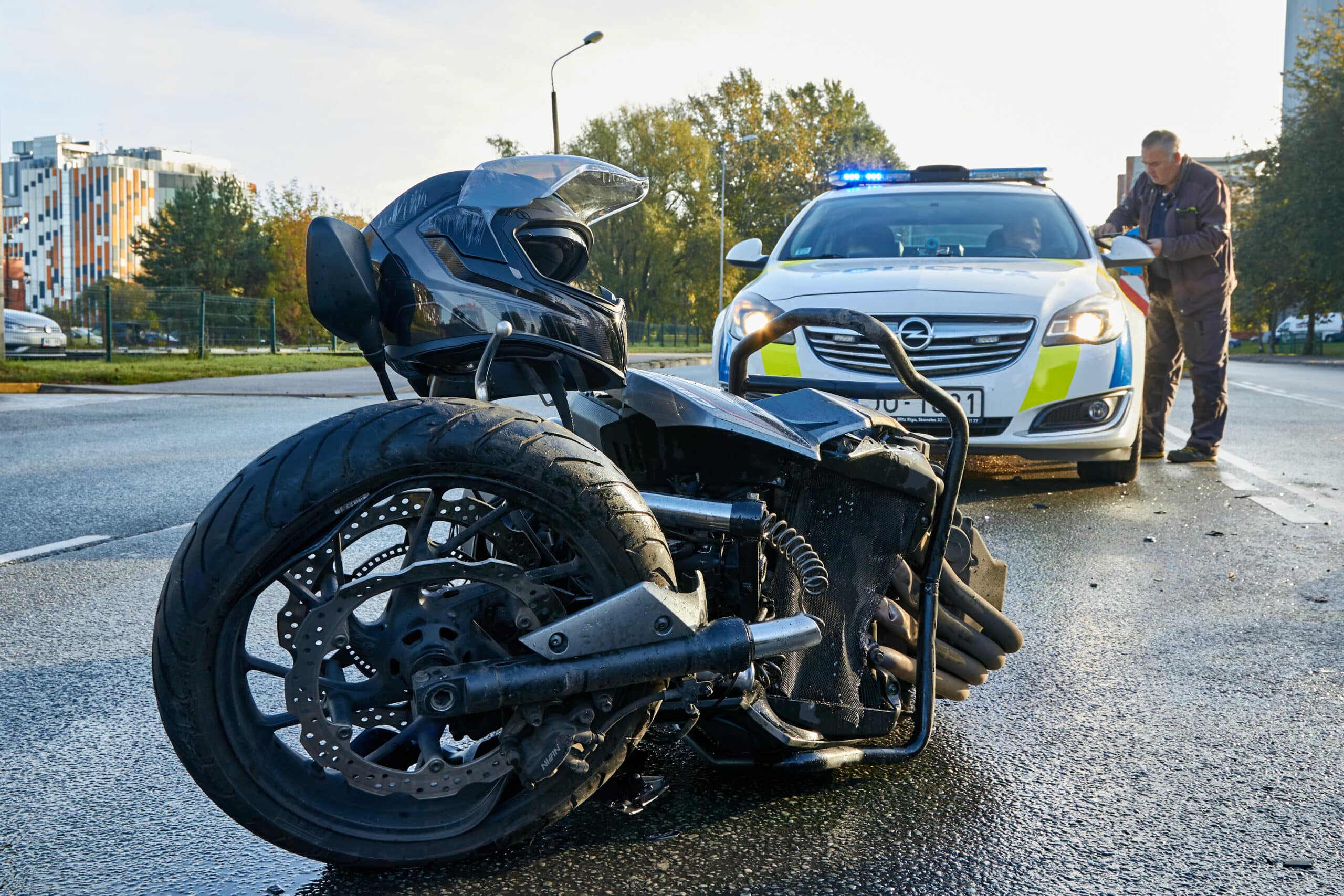Any dog can be good or bad, just like any human being. But unlike human beings, many dogs have been bred for strength and guarding, giving them powerful jaws and unstoppable drive. Others have gone untrained because of their small size or harmless appearance, leaving them bad-tempered and fierce. Even well-meaning owners often underestimate the danger their dogs pose to others. In less than a second, a dog may spook and decide to attack. Dog attacks can result in disfigurement, nerve damage, and loss of muscle tissue. For children, vulnerable people, and other animals, they may end in death.
In order to keep yourself and your family safe around strange dogs, you should consider not only which common breeds are the most dangerous but which breeds are most likely to bite you.
What Does a Dangerous Dog Look Like?
The nonprofit DogsBite.org tracks dog bite fatalities in the US. According to their 2018 study, a total of 433 people were killed by dog attacks in the US between 2005 and 2017. Of these, 54 were in Texas—the highest number in one state. The study found that these were the top ten breeds recorded as responsible in fatal attacks:
- Pit bull (65.6%)
- Rottweilers (10.4%)
- German shepherd (4.6%)
- Mixed breed (3.9%)
- American bulldog (3.5%)
- Mastiff or bull mastiff (3.2%)
- Husky (3%)
- Unknown/unreleased (2.5%)
- Labrador retriever (2.1%)
- Boxer (1.6%)
“Pit bull” is not a recognized breed in itself, but the term is used for Staffordshire terriers, American bulldogs, bull terriers, and mixes of these breeds. A 2019 study suggests that large dogs with short, square-shaped heads are more likely to bite than others, causing more damage when they do. The “box head” or “block head” is a characteristic of pit bulls, Rottweilers, American bulldogs, and mastiffs, as well as other popular dogs such as the Cane Corso and Presa Canario.
These dogs fit our image of a dangerous dog, and they are frequently forbidden by local laws and insurance policies. But they are not the only ones who pose a risk. The Labrador retriever—our image of a harmless family dog—is also on the list above.
A 2014 review by the American Veterinary Medical Association named the following breeds as “highly represented” in bite reports worldwide:
- German shepherd
- Mixed breed
- Pit bull types
- Rottweiler
- Jack Russell terrier
- Chow Chow
- Spaniel
- Collie
- Saint Bernard
- Labrador retriever
Compare these lists to the American Kennel Club’s ranking of the most popular dogs of 2022. That list shows the high popularity of some of the most frequent biters and most dangerous attackers:
- 2nd most popular—Labrador retriever
- 3rd most popular—German shepherd
- 7th most popular—Rottweiler
- 14th, 26th, and 29th most popular—spaniel breeds
- 16th most popular—boxers
For some breeds, the frequency of their bites has as much to do with their popularity as their nature. Dogs from “cute” or fashionable breeds may be left untrained or unsupervised, leading to disaster, especially when small children are present. Any dog, especially any frightened or neglected dog, can decide to attack. The more common a dog breed is, the more commonly people encounter them, and the more common their bites will be.
Dog Attack Law in Texas
In Texas, if a dog outside of its enclosure “commits unprovoked acts” that would make someone reasonably believe it is dangerous, the incident can be reported to Animal Control or the municipality’s local authority for a formal determination. If the owner knows that the dog is dangerous, whether or not the authority ever hears of it, they must pay compensation for damages from any subsequent attack.
Even if no one reported any previous incidents involving the dog, a plaintiff can still recover damages so long as they can show that:
- The victim was in public or legally on private property
- The victim did not provoke the dog
In a case where the owner did not have any reason to know that the dog was dangerous, the plaintiff can still recover compensation. Under the theory of comparative negligence, the plaintiff must show that they were less than 50% at fault for the bite, and they will be able to recover in proportion.
What Can I Do?
Keep these dog bite prevention tips in mind, and teach them to your children as well. Although a truly dangerous dog may decide to attack for any reason, it will help your case if you and any witnesses can attest that you behaved safely.
A dog attack victim needs to see a doctor immediately—or a vet, if the victim is another animal. Many animal bites carry germs that can lead to sepsis, which is often fatal. If the dog does not have an up-to-date rabies vaccine, the victim may need a rabies shot, which must be given immediately after the bite. In Texas, a possible rabies bite must also be reported to a local public health authority. Tell the medical professional exactly what happened, and keep the documentation.
We are ready to speak with you about your dog attack injury, whether it was to yourself, your child, or your pet. Call the Crash Angels atand Pelaez Law Firm, Crash Angels today at 210-801-9314 to schedule your appointment.

 210-801-9314
210-801-9314








